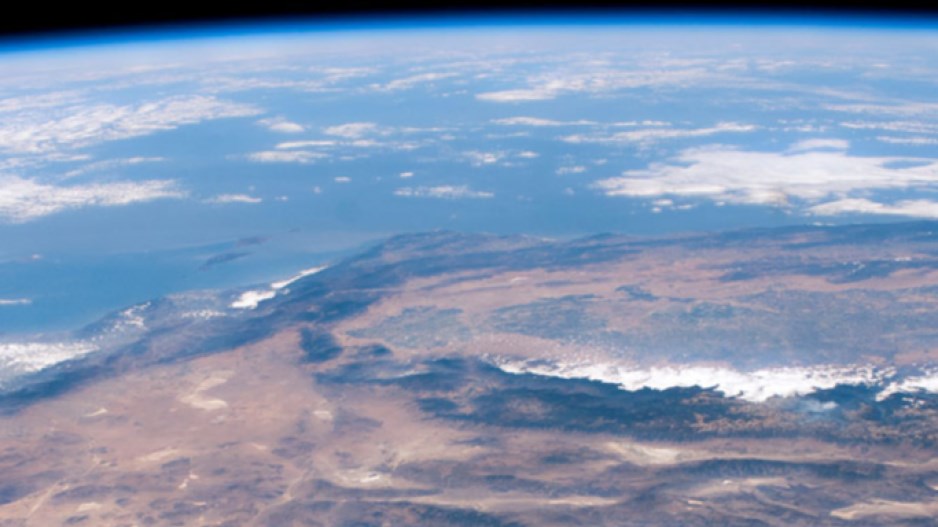Before UrtheCast Corp. (TSX:UR) starts beaming near real-time images of Earth from the International Space Station with two high-definition cameras, it will stream live footage of the rocket launch that will take them there.
The two UrtheCast cameras that will image Earth will be launched into space Monday, November 25, on a Soyuz rocket from Kazakhstan. UrtheCast, a Vancouver company, plans to stream the event on its website.
The launch is scheduled for 12:53 p.m. (Pacific time) Monday.
The cameras are not scheduled to go live until the first quarter of 2014, when UrtheCast and the Russian Federal Space Agency plan to start streaming the first real-time high-definition video of Earth from space.
Founded in 2010, UrtheCast was an idea spun out of MacDonald Dettwiler and Associates Ltd. (TSX:MDA), which is providing the backend electronics.
Wade Larson, a former MDA executive, is a co-founder and executive vice president of UrtheCast, and his brother, Scott Larson, is CEO.
UrtheCast has been described as "Google Earth-meets-YouTube." It will stream high-definition video of Earth in near real-time, and the general public will have access to some of the images over the Internet.
There are two cameras, being built by Rutherford Appleton Labs in the United Kingdom at $10 million each. One is a fixed, medium-resolution camera, capturing a 50-kilometre wide swath, at a resolution of five metres.
The second is a video camera mounted on a platform that allows it to swivel that can take 90-second high-definition video captures at a resolution of one metre. At that resolution, viewers would be able to see cars and crowds of people.
The space station is not in a geosynchronous orbit (where a satellite moves with the Earth to stay above the same position). It orbits the Earth 16 times per day, so the video can only be shot in 90-second increments every 90 minutes.
UrtheCast's main customer will be the Global Earth Observation System of Systems (GEOSS), which uses satellite imagery for a range of agricultural, forestry, and environmental monitoring projects.




